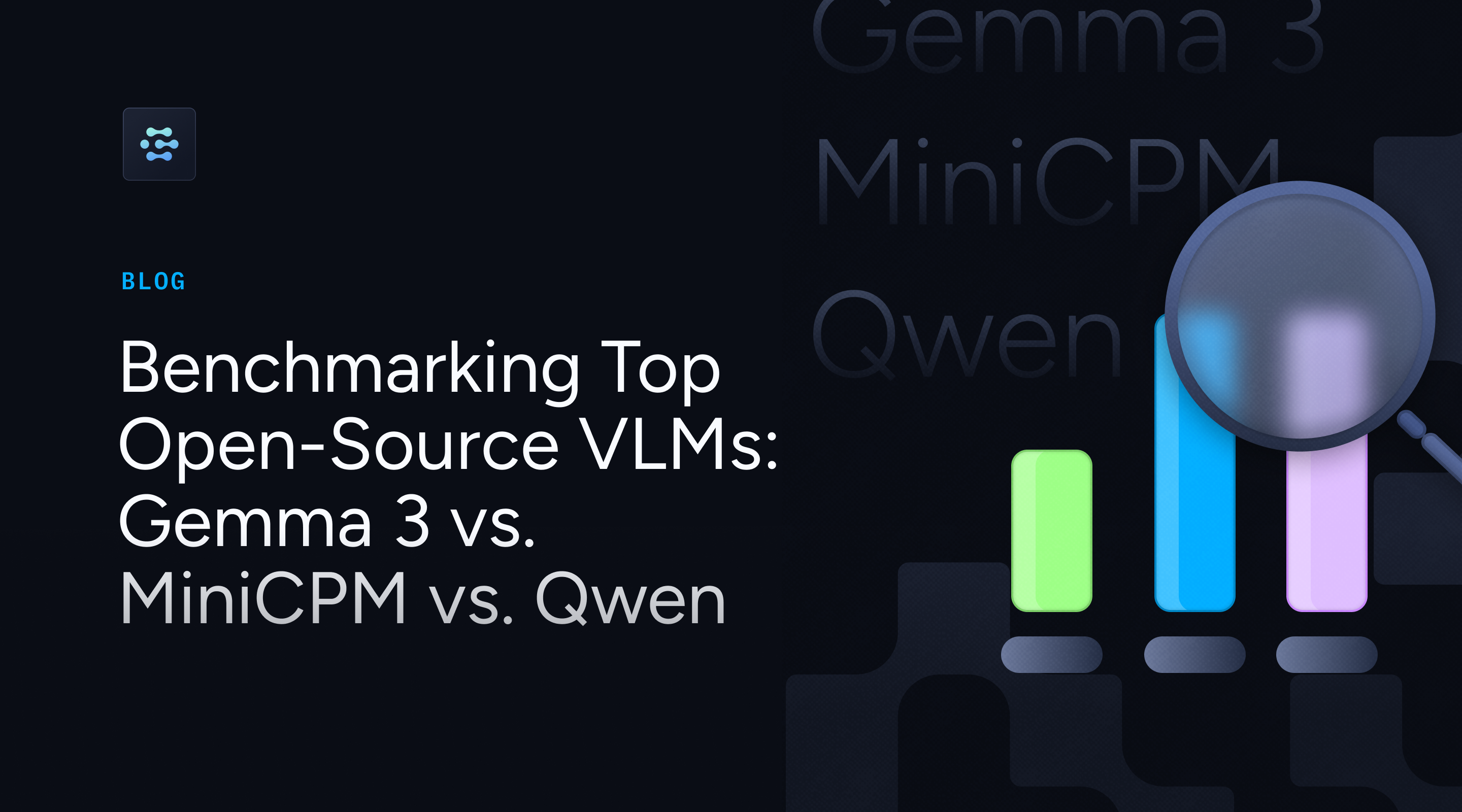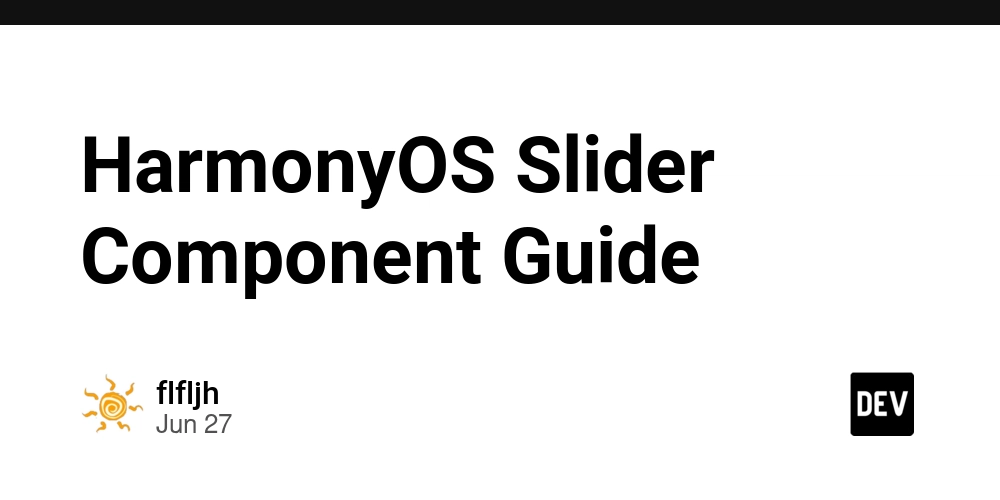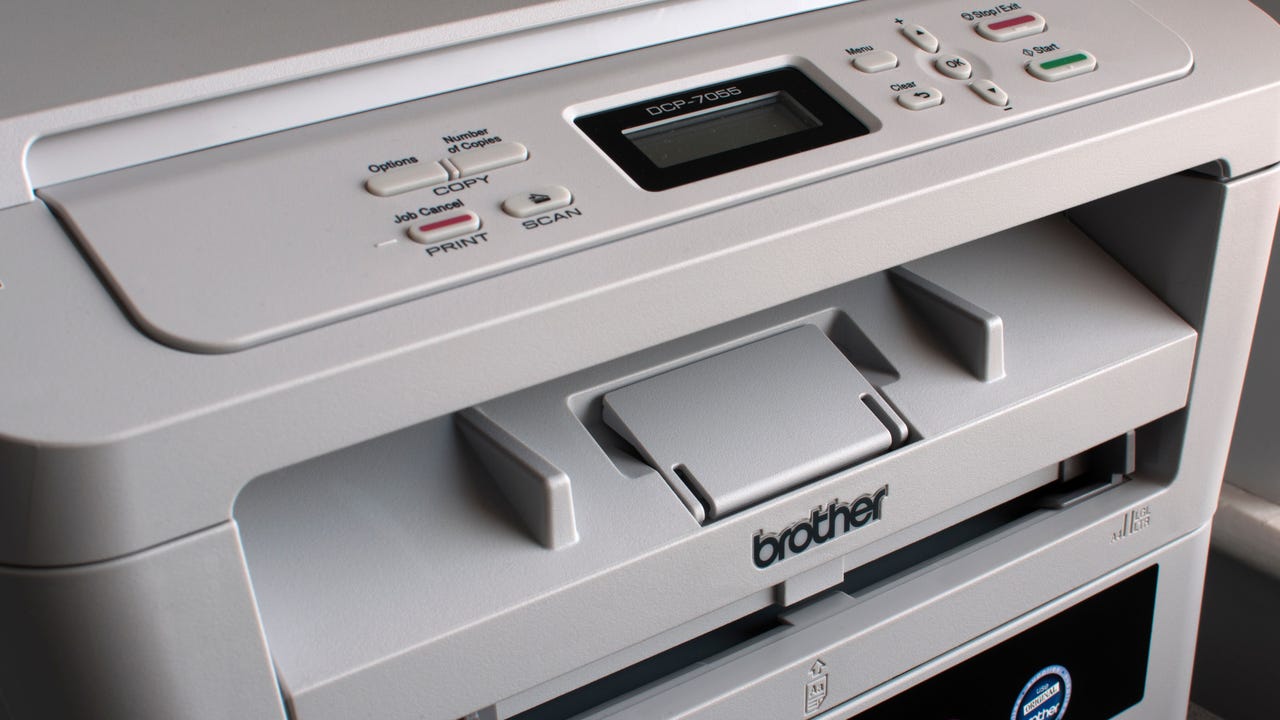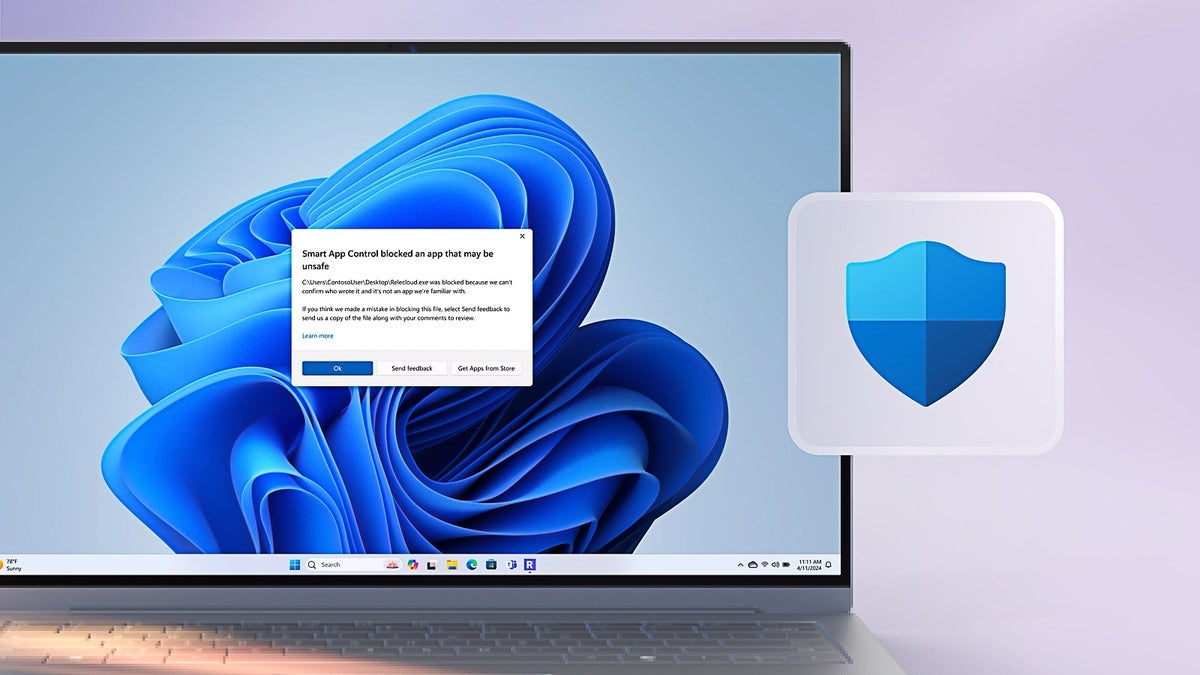[Adult Learning Log] C Language - Week 2 Review
[C Language Week 2] Comments, Preprocessor, Variables, and More ○ Key Takeaways from Week 2 Hands-on practice: Simple calculator, monthly salary calculator Learned that most C programs define functions inside the main function Learned three ways to write comments in C Understood what a preprocessor is, why it’s used, and the meaning of directives like #include Learned the structure of functions and the significance of return values Covered variable declarations, identifier naming rules, and standard data types Practiced using printf(), scanf(), and scanf_s() functions ○ Typical Program Structure Most programs follow this pattern: Input → Process → Output ○ Comments in C C supports the following types of comments: Single-line comment: /* This is a single-line comment */ Multi-line comment: /* This is a multi-line comment */ Since C99: // Comment from here to end of the line ○ Preprocessor Preprocessing refers to tasks performed before compilation starts. Example: #include #include: directive to include external files stdio.h: standard input/output header file stdio = Standard Input Output .h = Header file This allows access to functions like scanf() and printf(). Why use header files? Organize frequently used code (functions, constants, structures, etc.) Reduce duplication, improve modularity and maintenance Directives like #include allow reusable code blocks Example 2: #define _CRT_SECURE_NO_WARNINGS // Used in Visual Studio to suppress scanf warnings ○ Structure of a Function Example: int main(void) { return 0; } int: return type (integer) main: function name (entry point) void: no input parameters { }: function body return 0;: signals successful termination return 0 = Success return 1 or other values = Error or abnormal termination ○ Variables Declaration: int x; // Declares integer variable x float radius; // Declares float variable Standard Data Types: Integer types: short, int, long long Floating-point types: float, double, long double Character type: char (read as “character”) Identifier Rules: Must consist of letters, digits, and underscores (_) Cannot contain spaces First character must be a letter or _ (not a digit) Case-sensitive Cannot use reserved keywords (e.g., int, float) Good names describe purpose: year, bank_account, BankAccount Poor names: i, j, k (unclear meaning) Initialization: int x = 10; int y = 20; int sum = 0; Multiple variables of the same type can be initialized in one line: int width = 100, height = 200; // Recommended int width, height = 200; // Not recommended (only height is initialized) ○ printf() and scanf() printf() Example: int x = 10; printf("%d", x); // %d = decimal integer %d tells printf to print an integer in decimal format scanf() Example: float radius; printf("Enter radius: "); scanf("%f", &radius); & (ampersand) passes the address of the variable so scanf() knows where to store the input ○ Omitting &radius (e.g., scanf("%f", radius);) will cause an error. Use %lf to read a double value (lf = long float) ○ scanf() vs scanf_s() and Security In Visual Studio, using scanf() often triggers a warning recommending scanf_s(). Why? To prevent buffer overflow, which is a common vulnerability. scanf() without input size limits can cause excessive input to overwrite memory This can allow attackers to execute arbitrary code (a classic exploit) This technique is known as pwnable hacking Many systems (Windows, Adobe, UNIX tools) have been exploited in the past due to such vulnerabilities scanf_s() is a Microsoft-specific secure function that forces the developer to specify buffer sizes Not portable to Linux/GCC environments → safer alternatives like fgets() are often used To disable the warning in Visual Studio: #define _CRT_SECURE_NO_WARNINGS ○ Practice Exercises Input two numbers and print the sum Calculate monthly salary based on annual salary
![[Adult Learning Log] C Language - Week 2 Review](https://media2.dev.to/dynamic/image/width=800%2Cheight=%2Cfit=scale-down%2Cgravity=auto%2Cformat=auto/https%3A%2F%2Fdev-to-uploads.s3.amazonaws.com%2Fuploads%2Farticles%2Ffuuswodm2r0ao107ktsb.jpg)
[C Language Week 2] Comments, Preprocessor, Variables, and More
○ Key Takeaways from Week 2
- Hands-on practice: Simple calculator, monthly salary calculator
- Learned that most C programs define functions inside the
mainfunction - Learned three ways to write comments in C
- Understood what a preprocessor is, why it’s used, and the meaning of directives like
#include - Learned the structure of functions and the significance of return values
- Covered variable declarations, identifier naming rules, and standard data types
- Practiced using
printf(),scanf(), andscanf_s()functions
○ Typical Program Structure
Most programs follow this pattern: Input → Process → Output
○ Comments in C
C supports the following types of comments:
- Single-line comment:
/* This is a single-line comment */
- Multi-line comment:
/* This is a
multi-line
comment */
- Since C99:
// Comment from here to end of the line
○ Preprocessor
Preprocessing refers to tasks performed before compilation starts.
Example:
#include -
#include: directive to include external files -
stdio.h: standard input/output header file-
stdio= Standard Input Output -
.h= Header file
-
This allows access to functions like scanf() and printf().
Why use header files?
- Organize frequently used code (functions, constants, structures, etc.)
- Reduce duplication, improve modularity and maintenance
- Directives like
#includeallow reusable code blocks
Example 2:
#define _CRT_SECURE_NO_WARNINGS // Used in Visual Studio to suppress scanf warnings
○ Structure of a Function
Example:
int main(void) {
return 0;
}
-
int: return type (integer) -
main: function name (entry point) -
void: no input parameters -
{ }: function body -
return 0;: signals successful termination
return 0= Success
return 1or other values = Error or abnormal termination
○ Variables
Declaration:
int x; // Declares integer variable x
float radius; // Declares float variable
Standard Data Types:
- Integer types:
short,int,long long - Floating-point types:
float,double,long double - Character type:
char(read as “character”)
Identifier Rules:
- Must consist of letters, digits, and underscores (
_) - Cannot contain spaces
- First character must be a letter or
_(not a digit) - Case-sensitive
- Cannot use reserved keywords (e.g.,
int,float)
Good names describe purpose:
year,bank_account,BankAccount
Poor names:i,j,k(unclear meaning)
Initialization:
int x = 10;
int y = 20;
int sum = 0;
Multiple variables of the same type can be initialized in one line:
int width = 100, height = 200; // Recommended
int width, height = 200; // Not recommended (only height is initialized)
○ printf() and scanf()
printf() Example:
int x = 10;
printf("%d", x); // %d = decimal integer
-
%dtellsprintfto print an integer in decimal format
scanf() Example:
float radius;
printf("Enter radius: ");
scanf("%f", &radius);
-
&(ampersand) passes the address of the variable soscanf()knows where to store the input
○ Omitting
&radius(e.g.,scanf("%f", radius);) will cause an error.
- Use
%lfto read adoublevalue (lf= long float)
○ scanf() vs scanf_s() and Security
In Visual Studio, using scanf() often triggers a warning recommending scanf_s().
Why?
To prevent buffer overflow, which is a common vulnerability.
-
scanf()without input size limits can cause excessive input to overwrite memory - This can allow attackers to execute arbitrary code (a classic exploit)
This technique is known as pwnable hacking
- Many systems (Windows, Adobe, UNIX tools) have been exploited in the past due to such vulnerabilities
-
scanf_s()is a Microsoft-specific secure function that forces the developer to specify buffer sizes - Not portable to Linux/GCC environments → safer alternatives like
fgets()are often used
To disable the warning in Visual Studio:
#define _CRT_SECURE_NO_WARNINGS
○ Practice Exercises
- Input two numbers and print the sum
- Calculate monthly salary based on annual salary











































































































































































![[The AI Show Episode 156]: AI Answers - Data Privacy, AI Roadmaps, Regulated Industries, Selling AI to the C-Suite & Change Management](https://www.marketingaiinstitute.com/hubfs/ep%20156%20cover.png)
![[The AI Show Episode 155]: The New Jobs AI Will Create, Amazon CEO: AI Will Cut Jobs, Your Brain on ChatGPT, Possible OpenAI-Microsoft Breakup & Veo 3 IP Issues](https://www.marketingaiinstitute.com/hubfs/ep%20155%20cover.png)



































































































































































































































































_incamerastock_Alamy.jpg?width=1280&auto=webp&quality=80&disable=upscale#)
_Brain_light_Alamy.jpg?width=1280&auto=webp&quality=80&disable=upscale#)






























































































![Nothing Phone (3) has a 50MP ‘periscope’ telephoto lens – here are the first samples [Gallery]](https://i0.wp.com/9to5google.com/wp-content/uploads/sites/4/2025/06/nothing-phone-3-telephoto.jpg?resize=1200%2C628&quality=82&strip=all&ssl=1)
























































































